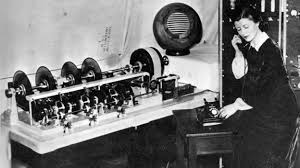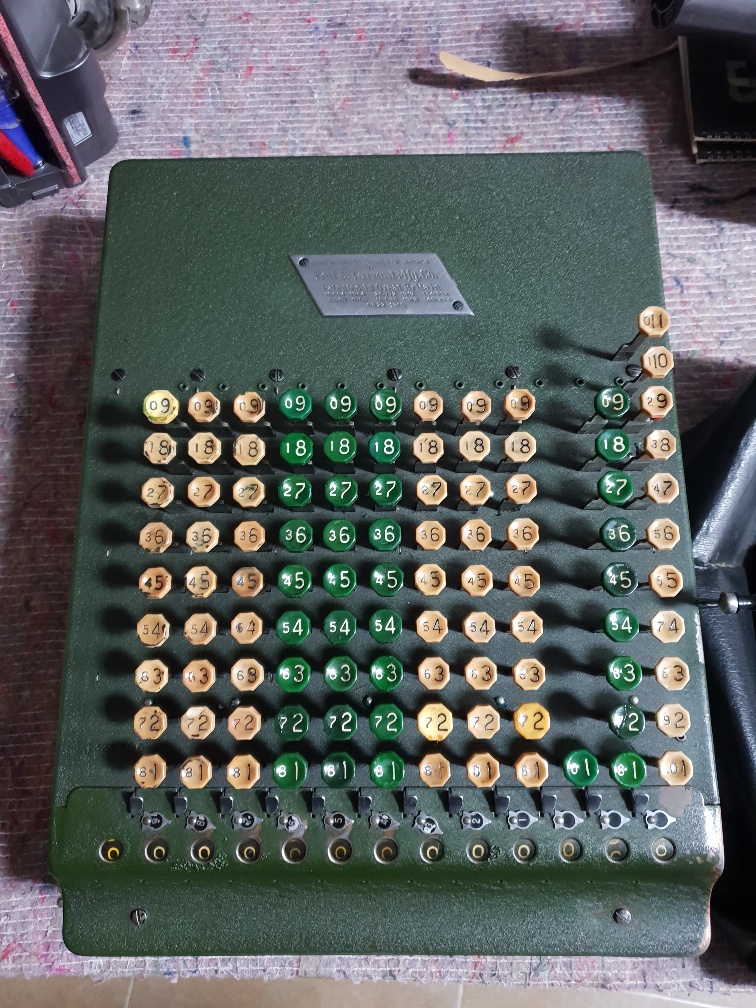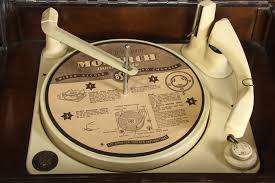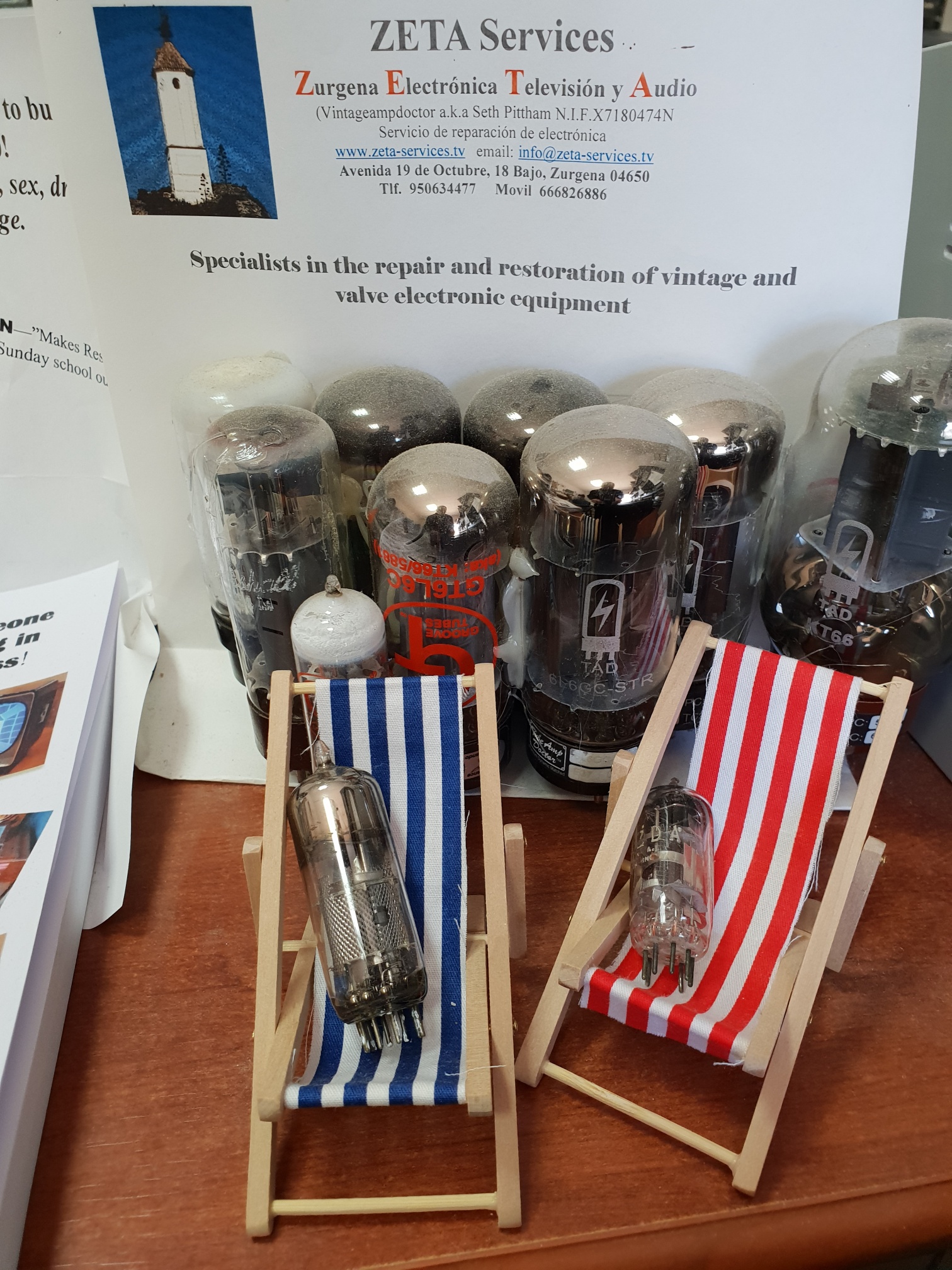
Some time ago, I wrote about a chap called Mr. Strowger, inventor of the automatic telephone exchange. He set the way to enable us to call other phone users, without having to go through the operator, politely asking to be “connected” please.
Up until the mid ‘30s, different areas of the U.K. had their own independently run telephone networks. This mismatch and incompatibility, lead the government to bring everything together under the control of the G.P.O. (general post office). In fact up until relatively recently, Kingston-Upon-Hull still run a separate network. Guess it didn’t matter as nobody could understand them anyway.
The cost of rolling out the telephone network was costly and the G.P.O entered into a massive advertising campaign to sell the service. One idea to show off this new technology was to provide an accurate speaking clock time service. The G.P.O research laboratory at Dollis Hill, North London, set about creating the speaking clock machine. The result was a masterpiece of electro-mechanical, opto- electronics. Basically, the machine had 4 glass discs, about the size of a 7” single record. These discs contained recordings of words, in a similar way as audio was recorded into the edge of cinema film, sort of black and clear troughs of transparency. As the information was etched and sealed in glass, it would never deteriorate. The discs were linked on a shaft, rotated by a highly accurate speed motor. 2 discs had spoken minutes recorded, odds and evens. The other 2 discs had hours and other words. A set of special lamps, lenses and photo cells read the audio from the discs. The position of the photo cells determined which words were read at what time and in what order. Every 30 seconds, the cells, moved to different parts of each discs via an intricate mechanical cam system. So, every 30 seconds a complete sentence would be reproduced by playing parts of each disc one after the other. “At the 3rd stroke, it will be 10, 23 precisely”. 80 odd different words had to be stored. The speed of the main motor controlling all the actions was locked to a central signal, governed by the Greenwich Observatory. The accuracy was about 10th of a second!
The first recorded voice used was that of a Miss Caine. She had won the competition (15,000 entries) set by the G.P.O. She became known as the girl with the golden voice. The recording of the phrases was done in one take and took a couple of hours. The machine went into service in High Holborn Exchange in 1936. In fact 2 machines were fitted. Should one fail, the other took over automatically. They were both synchronised together. With the associated electronics, it fitted into a large front room. Dialing 8,4,6, (TIM) connected you to a distribution system, feeding you the speaking clock. Initially the service could only be heard around the London area. A few years later, the same system was installed in a Liverpool exchange. So you could now accurately tell when your car wheels were nicked. With the creation of Subscriber Trunk Dialing (STD, no, not a nasty transmitted disease), whereby you could call any phone user without operator intervention, the number for the speaking clock became 1,2,3.
The public’s need for accurate time telling took the G.P.O a bit by surprise. In the first year of service, over 20 million people called the speaking clock. The revenue as a result was about £85,000. Between 1936 to ’49, Nationwide, 400 million calls were made and 40,000 called between 8 am to zero hour on Armistice day. During the war years, the speaking clock system was made ready to broadcast recorded messages and instruction to the nation should it have been needed.
Throughout the following decades, different voices were used. Sponsors such as Accurist came on board. Machines used magnetically stored speech and ultimately became a solid state computer controlled system the size of a desktop PC.
Writing about this made me remember how your telephone bill was calculated. In the old electro-mechanical Strowger exchanges, every subscriber (landline user) had their own Fee Meter. This was a device that read fee meter pulses that were superimposed on your line, when a call was connected, in such a way that you could not hear them. The meter did however. The number of pulses per minute depended on time of day. At the end of each month, a photo was taken of your meter and the units compared with that of the last photo. A lady would punch the numbers into a comptometer and a bill to pay would follow. How quaint!
Seth, Zeta Services. On the end of the phone.








